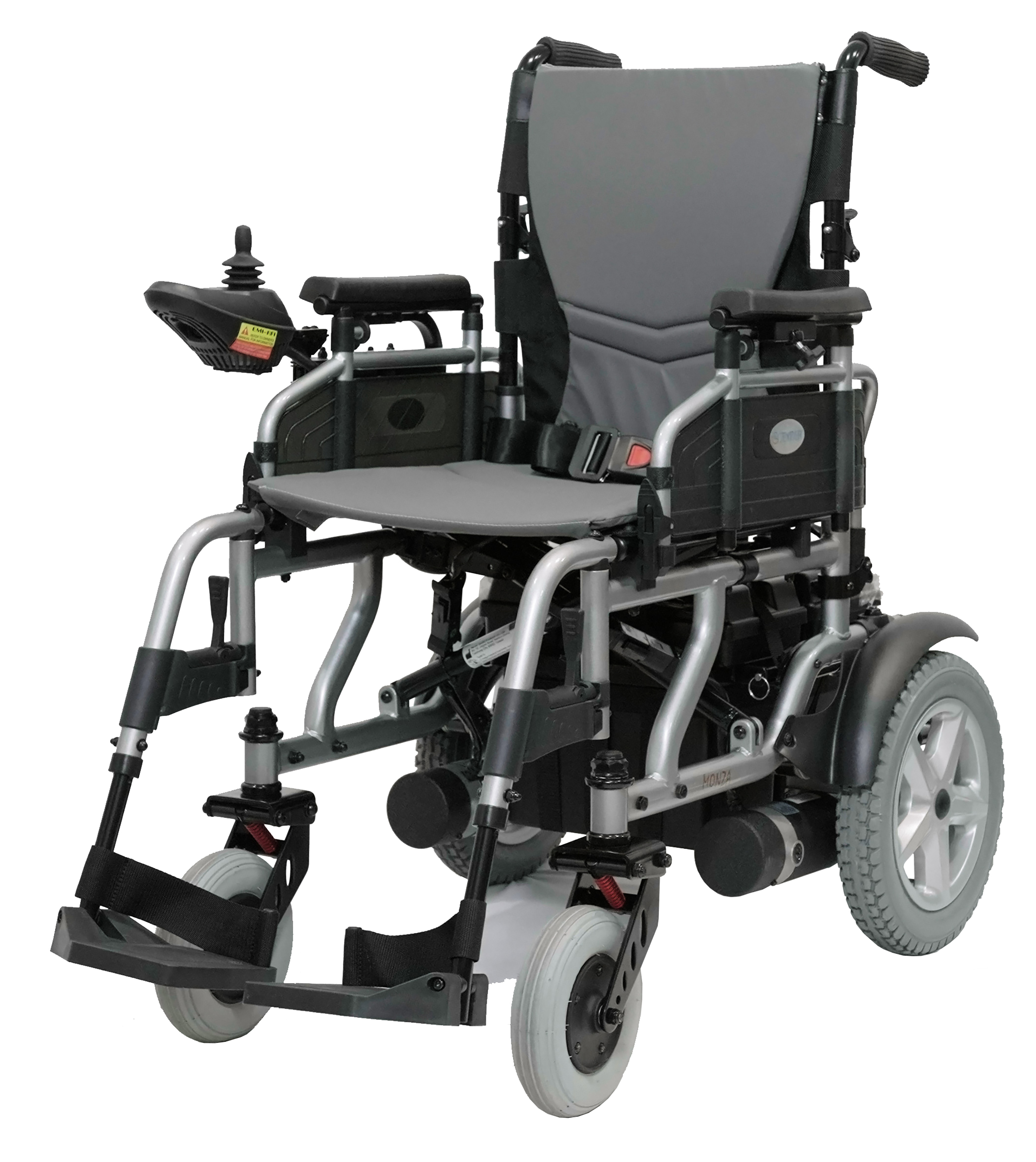Top 5 Electric Wheelchairs for 2025 – Ultimate Guide
Electric Wheelchairs have revolutionized mobility for individuals with limited physical capabilities, offering a blend of independence, comfort, and advanced technology. In this comprehensive guide, we explore the latest innovations, key features, and top recommendations for 2025, helping you make an informed decision based on your lifestyle and needs.
Understanding Electric Wheelchairs
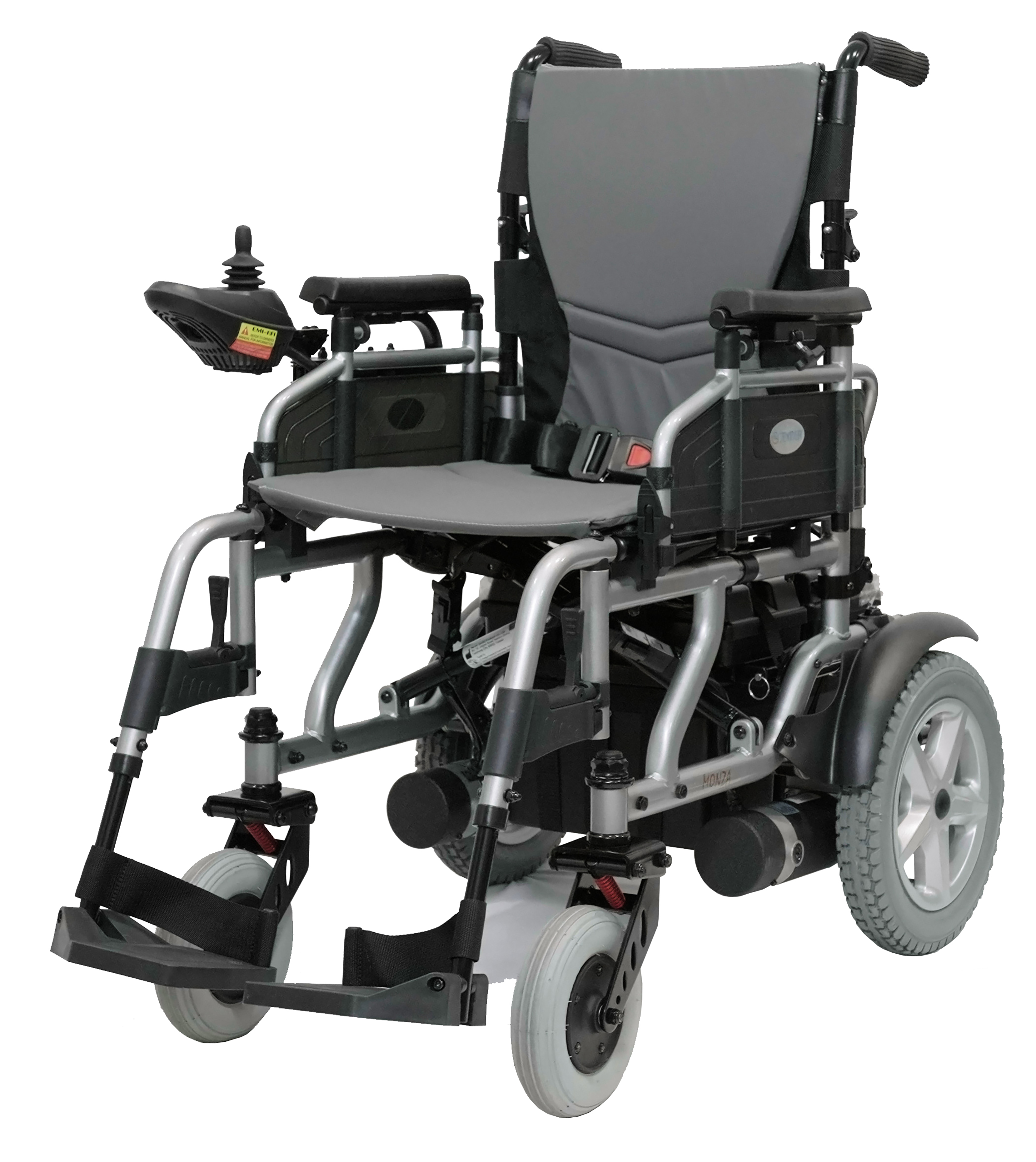
Electric wheelchairs represent a significant advancement in assistive technology, providing users with enhanced mobility and independence. These devices are designed to cater to a wide range of users, from those with temporary injuries to individuals with permanent disabilities, by combining ergonomic design with powerful mechanics. As we delve into the world of electric wheelchairs, it’s essential to grasp their foundational elements to appreciate how they integrate into everyday life. This section will break down the basics, ensuring you understand why these chairs are more than just a mode of transport—they’re a gateway to greater freedom and accessibility.
Definition and Overview of Electric Wheelchairs
Electric wheelchairs, often referred to as power wheelchairs, are motorized mobility aids that use batteries to propel users without manual effort. Unlike traditional manual wheelchairs, these devices incorporate an electric motor to drive the wheels, making them ideal for people with upper body limitations or those who need to cover longer distances. The history of electric wheelchairs dates back to the early 20th century, but modern versions have evolved with lightweight materials, smart controls, and customizable features, as highlighted in recent YouTube reviews and buying guides.
In the first paragraph, let’s consider how electric wheelchairs work in real-world scenarios. For instance, a user might rely on one for navigating busy urban environments, where manual propulsion could be exhausting. These chairs typically feature a frame, wheels, batteries, and control systems, with weights ranging from 37 to 50 pounds in compact models, as seen in popular 2025 rankings. The overview also includes safety features like anti-tip wheels and electromagnetic brakes, which prevent accidents and ensure reliable performance. According to experts, the global market for electric wheelchairs is growing rapidly, driven by an aging population and technological advancements, making them a staple in assistive devices.
Moving on, the versatility of electric wheelchairs extends to various settings, from indoor home use to outdoor adventures. They come equipped with adjustable seats, armrests, and footrests, allowing for personalized comfort. In videos like the one summarizing the top five for 2025, presenters emphasize how these chairs adapt to different lifestyles, such as travel or daily commuting. This adaptability is crucial because it addresses the needs of diverse users, including the elderly or those with conditions like multiple sclerosis. Overall, understanding the overview of electric wheelchairs helps users appreciate their role in promoting inclusivity and quality of life.
Finally, when evaluating electric wheelchairs, it’s important to note their integration with emerging technologies, such as Bluetooth connectivity for app-based controls. This not only enhances user experience but also aligns with the broader trend of smart health devices. As we’ll explore further, factors like weight capacity—up to 350 pounds in some models—and battery life play pivotal roles in selection, ensuring that electric wheelchairs are not just functional but transformative.
Key Features of Electric Wheelchairs
One of the standout aspects of electric wheelchairs is their array of key features that prioritize user safety and convenience. These include robust battery systems, intuitive joysticks for control, and durable frames made from materials like aluminum alloy. In a recent buying guide, experts pointed out how features such as one-button folding mechanisms make transportation effortless, which is especially useful for users on the go.
Delving deeper, let’s discuss how speed and maneuverability define the key features. Many electric wheelchairs offer variable speed settings, allowing users to adjust from a slow indoor crawl to a brisk outdoor pace, typically up to 5 miles per hour. This flexibility is evident in models like those ranked in 2025 videos, where dual motors ensure smooth turns in tight spaces. Additionally, features like LED lights and suspension systems enhance visibility and comfort, reducing the risk of fatigue during extended use.
Another critical feature is the emphasis on ergonomics, with options for reclining seats and adjustable lumbar support. These elements are designed to prevent pressure sores and improve posture, which is vital for long-term users. For example, luxury models boast multi-zone cushioning, as detailed in top rankings, providing a level of comfort that rivals high-end furniture. This focus on user-centric design underscores why electric wheelchairs are increasingly seen as essential health tools.
In conclusion, the key features of electric wheelchairs extend beyond basic mobility, incorporating elements that support overall well-being. From waterproof components for outdoor use to voice-activated controls, these innovations ensure that users can maintain an active lifestyle. As we continue, remember that selecting the right features depends on individual needs, such as space constraints or travel frequency.
$8.99
How Electric Wheelchairs Work
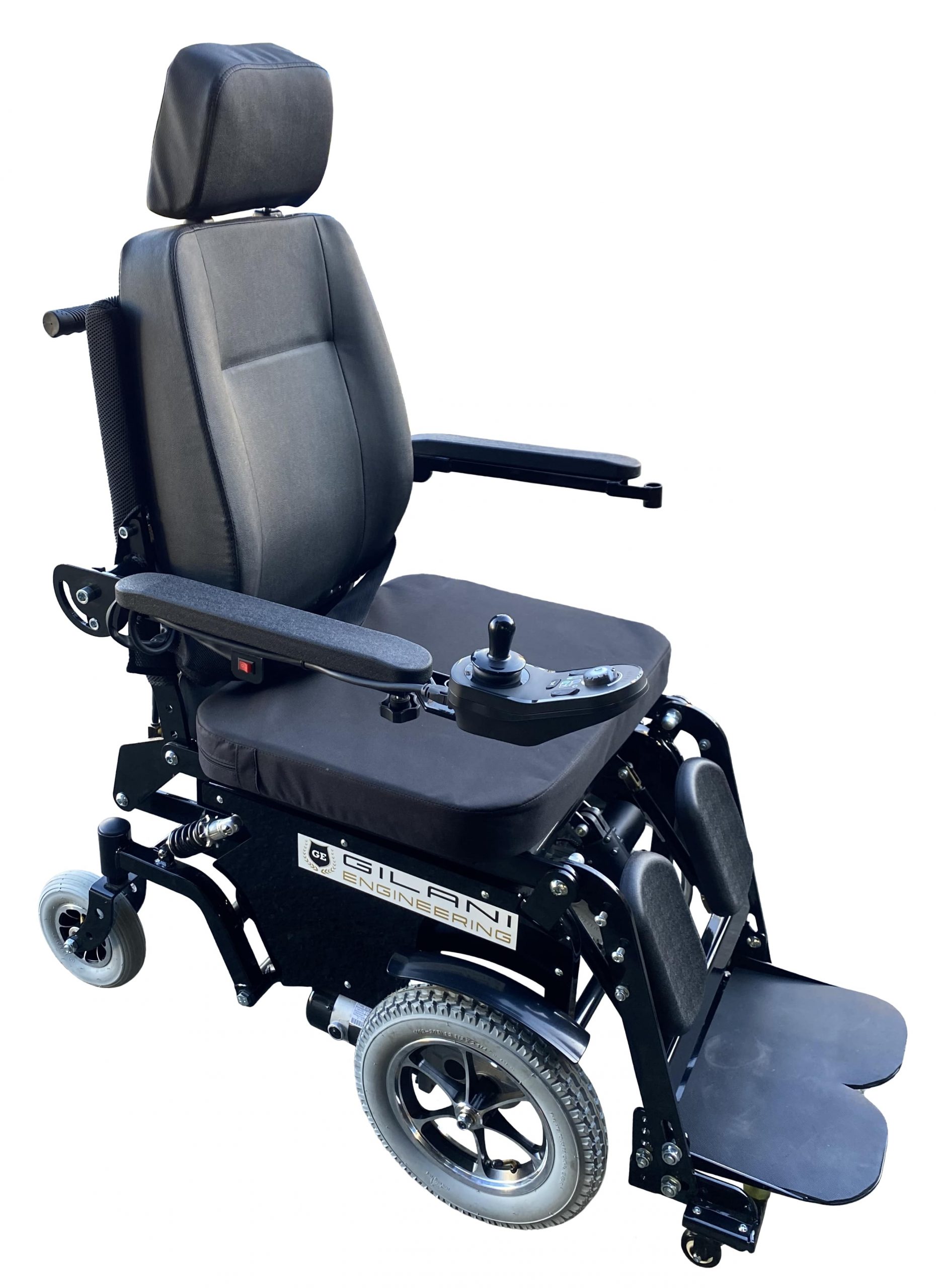
At the core of how electric wheelchair works lies a sophisticated interplay of mechanics and electronics that transforms electrical energy into seamless movement. This section uncovers the engineering behind these devices, illustrating why they are a preferred choice for many seeking reliable mobility solutions. By understanding the internal systems, users can better appreciate the advancements showcased in 2025’s top models, such as those with extended ranges and quick-folding designs. Let’s explore this further to demystify the technology and empower informed decisions.
Electric Motor and Battery Systems
The electric motor in how electric wheelchair works serves as the heart of the device, converting battery-stored energy into rotational force for the wheels. Most modern electric wheelchairs use DC motors for their efficiency and quiet operation, allowing speeds up to 6 miles per hour with minimal noise pollution.
In practice, the battery system is equally crucial, typically comprising lithium-ion cells that offer a balance of power and weight. For instance, a standard model might provide a 15-mile range on a single charge, as seen in popular 2025 rankings. Users must monitor charging cycles to maintain longevity, with full recharges taking 4-8 hours depending on the battery’s capacity.
Beyond basics, advancements like regenerative braking in some motors recapture energy during deceleration, extending battery life. This feature is particularly beneficial for outdoor use, where frequent stops are common, making electric wheelchairs more sustainable and user-friendly.
Overall, the synergy between motors and batteries ensures that electric wheelchairs can handle various terrains, from smooth pavements to grassy paths. Regular maintenance, such as checking connections, keeps these systems optimal, enhancing the chair’s reliability over time.
Control Mechanisms and Customization Options
Control mechanisms in how electric wheelchair works often involve joysticks or alternative inputs like sip-and-puff systems for users with limited dexterity. These allow precise navigation, with proportional controls responding to the slightest movements for intuitive operation.
Customization options elevate this further, enabling users to program speed profiles or sensitivity settings via onboard interfaces. For example, models featured in top 2025 guides include Bluetooth connectivity for app-based adjustments, tailoring the chair to individual preferences.
In everyday use, features like headrest controls or foot pedals provide accessibility for those with specific needs. This personalization not only improves safety but also boosts confidence, as users feel more in control of their mobility.
Ultimately, the evolution of control mechanisms has made electric wheelchairs adaptable to diverse users, from children to seniors. By integrating these options, manufacturers ensure that the chair evolves with the user, promoting long-term satisfaction.
Types of Electric Wheelchairs
The diversity of electric wheelchairs means there’s a type suited for nearly every scenario, from daily commutes to specialized medical needs. This variety reflects ongoing innovations, as evidenced by YouTube’s top 2025 summaries, which highlight models balancing power, portability, and price. Understanding these types helps users align their choices with lifestyle demands, ensuring optimal performance and comfort.
Full-size Electric Wheelchairs
Full-size electric wheelchairs are built for stability and endurance, featuring larger frames and higher weight capacities up to 350 pounds. These models excel in outdoor environments, with powerful motors tackling uneven terrain.
Their robust construction includes reinforced steel or aluminum, providing durability for long-term use. In comparisons like those in 2025 guides, full-size options offer extensive seating adjustments, enhancing comfort during extended outings.
Maintenance for these wheelchairs involves regular wheel alignments and motor checks, but their sheer capability makes them a reliable choice for active users. Overall, they represent a solid investment for those prioritizing strength over portability.
Compact and Lightweight Electric Wheelchairs
Compact electric wheelchairs focus on maneuverability, weighing as little as 37 pounds for easy transport. Ideal for indoor use, they feature folding mechanisms that reduce size for storage in small apartments.
In top rankings, models like the Qiat 2025 stand out for their airline approval, making them perfect for travelers. Battery efficiency in these designs provides 15-18 miles per charge, balancing power and lightness.
Users appreciate the quick assembly and disassembly, which facilitate spontaneous trips. This type underscores how electric wheelchairs can adapt to modern, space-conscious lifestyles without sacrificing functionality.
Specialty Electric Wheelchairs
Specialty electric wheelchairs cater to unique needs, such as elevating seats or all-terrain capabilities. These are customized for specific conditions, like the Pride Jazzy Air 2 with its 12-inch lift feature.
From a design perspective, they incorporate advanced sensors for obstacle detection, enhancing safety. In reviews, these models are praised for improving social interactions through height adjustments.
The customization extends to medical integrations, like pressure-relieving cushions, making them indispensable for long-term users. Ultimately, specialty options demonstrate the innovative potential of electric wheelchairs.
Best Electric Wheelchair for Small Spaces
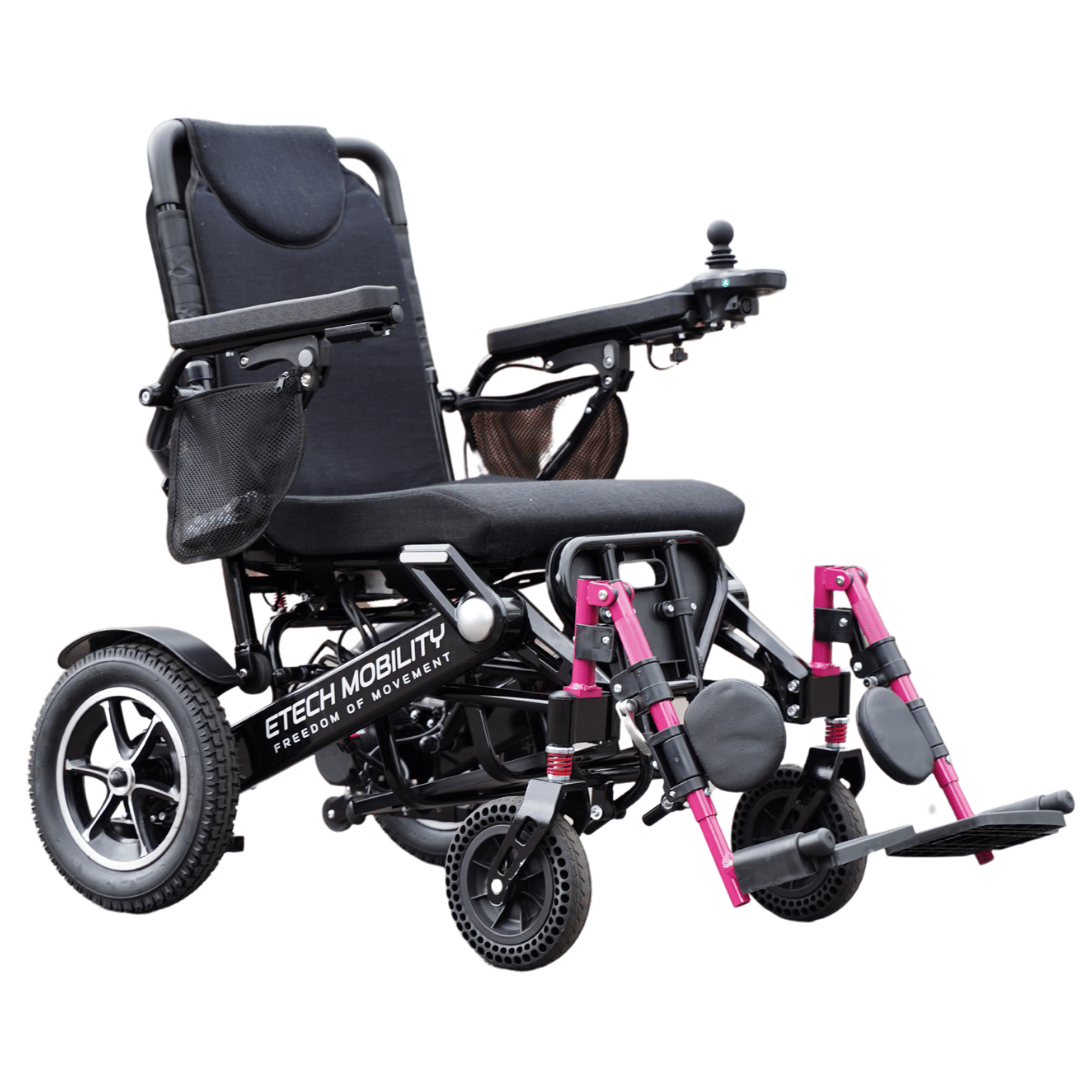
For those navigating best electric wheelchair for small spaces, selecting a model that combines compactness with functionality is key. These wheelchairs are engineered for tight quarters, like apartments or crowded offices, without compromising on essential features. As highlighted in 2025’s top picks, options with folding designs and lightweight builds shine in such environments, making daily life more manageable and efficient.
Characteristics of Small Space Electric Wheelchairs
Small space electric wheelchairs typically feature ultra-compact dimensions, often folding to under 30 inches for easy storage. Their lightweight frames, usually under 50 pounds, allow for simple maneuvering in confined areas.
Key characteristics include swivel seats and narrow widths, enabling users to navigate hallways or doorways with ease. In buying guides, experts note that models with responsive controls are ideal, preventing collisions in tight spots.
Durability is another hallmark, with materials like aluminum ensuring these wheelchairs withstand frequent use. Overall, these traits make best electric wheelchair for small spaces a practical choice for urban dwellers.
Top Picks for Small Space Electric Wheelchairs
When considering best electric wheelchair for small spaces, the Qiat 2025 emerges as a top contender, praised for its 37-pound weight and suitcase-folding design. If you’re interested in this model, you can check out the Qiat2025 here. This wheelchair not only meets airline regulations but also incorporates a reliable battery system, allowing users to travel up to 18 miles on a single charge.
Another excellent option is the Lightweight Reclining Electric Wheelchair, recognized for its versatile reclining features that cater to comfort during extended usage. You can view this model at Lightweight Reclining Electric Wheelchair here. With a sleek design and compact foldability, it’s perfect for those who live in smaller homes or want the ease of transport.
Both models demonstrate how electric wheelchairs designed for small spaces maintain performance without sacrificing user comfort or safety. They serve as excellent reminders that technology can converge with lifestyle needs, providing solutions that are both efficient and functional.
Folding Electric Wheelchair for Airplane Travel
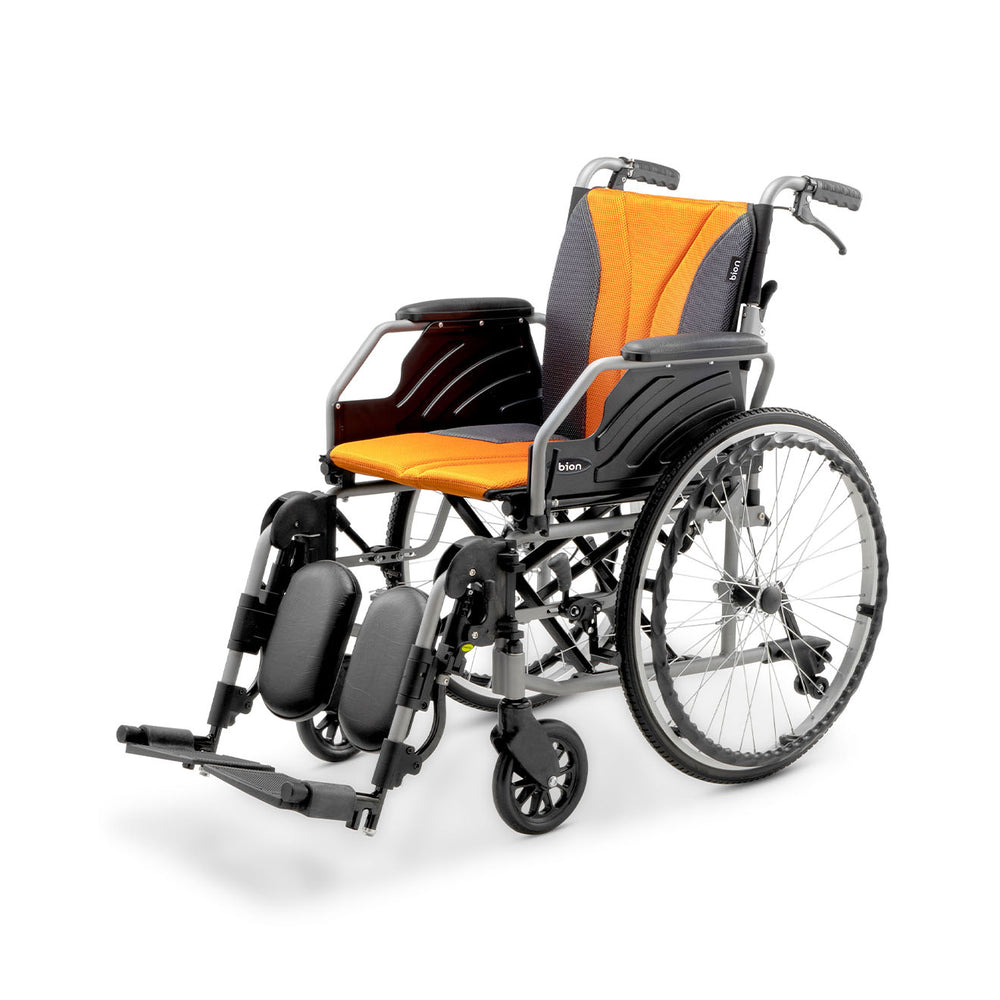
Traveling by air with a wheelchair can often feel daunting. However, folding electric wheelchairs designed specifically for airplane travel have transformed the process, making it more accessible and convenient for users. These models not only comply with airline regulations but also emphasize portability, ensuring that users retain their self-sufficiency on trips.
Advantages of Folding Electric Wheelchairs
One of the most significant advantages of folding electric wheelchairs is their compact design. Most models can be collapsed to fit into the limited space of airplane cabins or car trunks, streamlining boarding processes. Reduced weight, typically under 50 pounds, also allows the user or a companion to manage handling easily.
Beyond portability, these wheelchairs tend to feature fast battery charging capabilities, ensuring users can quickly recharge before embarking on long flights. Many current models also provide options for various seat heights and adjustments, accommodating a range of user preferences during stops.
In the words of frequent travelers, owning a folding electric wheelchair has transformed air travel into an easier and more enjoyable experience. Many find comfort in knowing they can swiftly move through airports, making connections with ease while asserting their autonomy.
Airline Regulations for Electric Wheelchair Travel
Navigating airline regulations can be tricky, as each airline has distinct guidelines. Generally, folding electric wheelchairs are permissible, but it’s essential to communicate with the airline ahead of time regarding specific dimensions and battery type.
Some airlines may require users to remove the battery before boarding; therefore, choosing a wheelchair with a removable but easy-to-manage battery is advantageous. Battery types vary, with lithium-ion models frequently preferred for their safety and efficiency. Make sure to check with the Bureau of Transportation Statistics for the latest guidelines.
Preparation is key. Prior notification to the airline about traveling with an electric wheelchair can minimize the likelihood of encountering issues on the day of travel. Users are advised to arrive at the airport early to allow time for boarding assistance and additional checks.
Electric Wheelchair Maintenance Tips
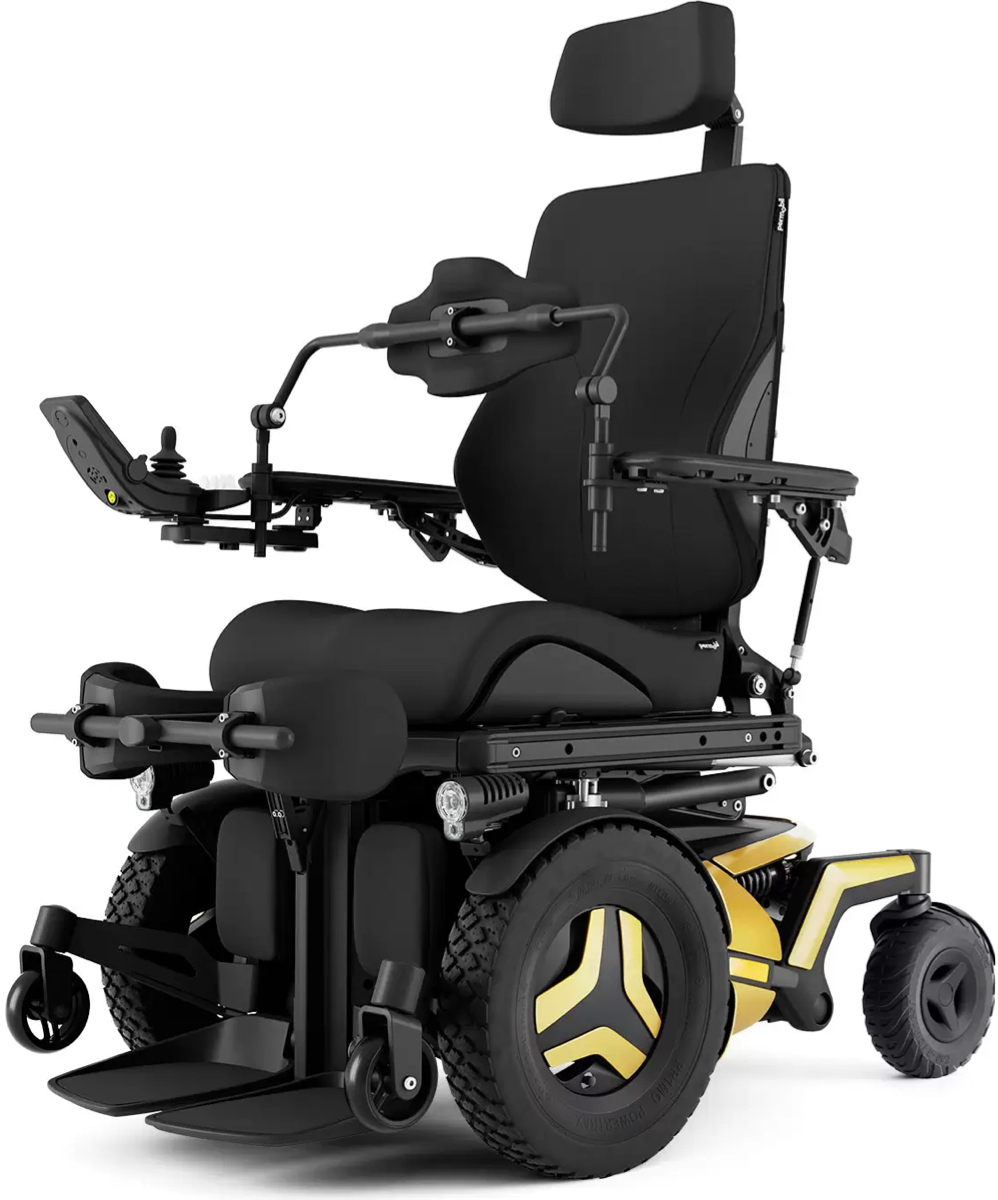
Proper upkeep is crucial for prolonging the life of your electric wheelchair. Regular maintenance ensures reliability, performance, and safety, guarding against unexpected breakdowns. Below are essential tips to help keep your device in optimal condition.
Regular Cleaning and Upkeep
Dirt and debris can negatively impact performance. Start by regularly cleaning the wheelchair’s frame and wheels—use a damp cloth or sponge. For more stubborn stains, mild soap and water generally suffice.
Pay special attention to electronic components, ensuring they are free from moisture and that no liquids spill within the control panel. Regularly inspect the seat, ensuring it remains in untattered shape, and promptly replace any worn areas. A well-maintained wheelchair enhances both comfort and safety.
Battery Care and Management
Maintaining battery health is pivotal for sustaining the longevity of your electric wheelchair. Lithium-ion batteries generally require a full charge before their first use. Afterward, aim to recharge them after every use to keep the battery in good condition. Avoid letting it drain completely, which can shorten the overall lifespan.
Additionally, should you notice reduced range or performance, it might be time to consult the manufacturer about replacement options. Many advanced models provide battery management systems, giving users insights into battery health and efficiency.
Routine Inspections and Repairs
Conducting regular check-ups helps anticipate issues. Check for wear and tear on wheels, brakes, and electronic components. A bi-monthly inspection should include electrical connections, wheel alignment, and contrived function of all controls.
For essential repairs, having access to a local service provider can save significant time down the line. Consulting user manuals for troubleshooting advice is also beneficial for minor issues that arise frequently.
Electric Wheelchair vs Manual Wheelchair
Choosing between electric wheelchairs and manual variants is a critical decision influenced by lifestyle, terrain, and mobility requirements. Each type has its unique sets of advantages and disadvantages, catering to various user needs.
Pros and Cons of Electric Wheelchairs
Electric wheelchairs offer unmatched convenience and comfort for users who prefer automatic motion. They are suitable for longer distances and uneven terrains, making them ideal for outdoor uses.
However, their complexity can pose challenges, from potential electrical issues to weight constraints during transportation. Users must also consider ongoing maintenance costs associated with batteries and electronic components.
Pros and Cons of Manual Wheelchairs
Manual wheelchairs are lauded for their simplicity and lighter weight, making them easier to transport. They also tend to be more budget-friendly regarding initial costs. However, frequent users may find manual models physically taxing, particularly on long journeys or challenging terrains.
In the manual versus electric wheelchair debate, knowing the nuances and capabilities of each can guide better decision-making tailored to your needs.
Which Wheelchair is Right for You?
Selecting the right wheelchair hinges upon individual circumstances. Active users seeking independence with mobility may gravitate towards electric wheelchairs that facilitate numerous travel experiences. Alternatively, those favoring minimalism, and reduced costs might prefer the versatility of manual options.
Ultimately, understanding the differences and assessing personal situations can empower users to choose the appropriate model, aligning with their lifestyle needs effectively.
Conclusion
As advancements in technology continue to shape the market, it’s essential to keep abreast of emerging designs and functionalities in the realm of electric wheelchairs. From innovative battery management systems to customization options, users are now empowered to make decisions that truly reflect their mobility needs. Understanding the demands of small spaces, travel requirements, and individual maneuverability preferences will aid in selecting the best model. Overall, both electric wheelchairs and their manual counterparts provide pathways to independence, enabling a more accessible life for those with mobility challenges. Stay informed, read reviews, and consider your own lifestyle—all this will help in navigating the choices available today. Whether exploring the latest best electric wheelchair for small spaces or opting for a folding electric wheelchair for airplane travel, remember to prioritize comfort, functionality, and maintenance to ensure a joyful journey ahead.




